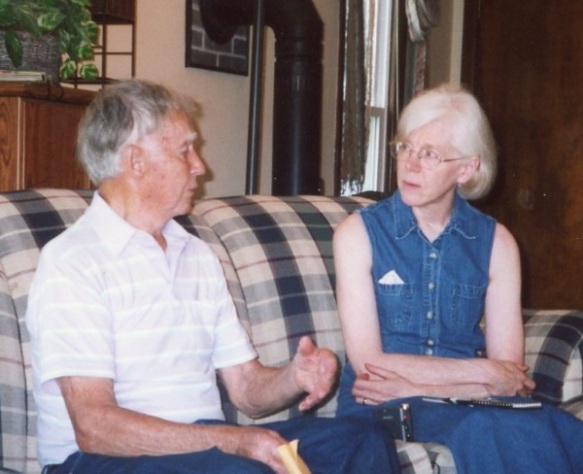I have much to be thankful for during this Thanksgiving season. Next to a loving and supportive family, at the top of the list are faithful readers like you and meaningful work. And in the realm of the latter, exciting things have been happening the past several months.
The end of July, I received an email that added a new thread to my already multifaceted seagoing cowboy research. Michael Delaware, host of the podcast “Tales of Southwest Michigan’s Past,” contacted me. He told me Battle Creek’s Mayor had just received a letter that day from the US Maritime Administration saying that they would like to donate the bell from the SS Battle Creek Victory to the Battle Creek Regional History Museum. Michael, a member of the museum’s board, had found a photo of the ship on my blog and wanted whatever information I could give him about the ship.
As it turns out, the museum received both the bell and the wheel from the ship. These artifacts were unveiled in a ceremony at the museum on November 12.
Then in early September, I received an email from Frank Lott, the Executive Director of the Customs House Museum & Cultural Center in Clarksville, Tennessee. He was seeking information on the SS Clarksville Victory and had also found my blog in his search.
His museum had recently been gifted the hull plate from the ship named after their city. This artifact was unveiled at an appreciation event for the museum’s benefactors on November 5.
On October 10, my Google alert picked up an article in the Carroll, Iowa, newspaper about the town having received the hull plate from the SS Carroll Victory, on which I recently did a series of posts.
I realized that something was happening here! I contacted the Maritime Administration to see what other of UNRRA’s livestock ships might have had artifacts that were sent to their namesake cities or universities. Turns out there are seven more. Plus additional ships whose artifacts have not yet been sent. Maritime Administration’s curator Dan Roberts tells me that MARAD has artifacts from 90 Victory ships. Of those, about 18 had served as UNRRA livestock ships. They also have artifacts from seven Liberty ships used by UNRRA’s livestock program.
The Maritime Administration’s distribution program opens up a new arena in which to share the little-known seagoing cowboy history. Michael Delaware invited me to join him on a podcast this month talking about the Battle Creek Victory (I’ll send out the link when it goes live), with plans for an in-person program at the museum in the coming year. And Frank Lott has invited me to speak at the Customs House Museum & Cultural Center in February or March. I’m excited about these new opportunities to share the seagoing cowboy story. Details will be posted on my http://www.seagoingcowboys.com events page when available.
Another aspect of this history I’m learning about through these contacts is the naming and launching of the Victory ships. I’ll write about that in my next post.
In case you missed it, here’s a previous post from 2015 on the ships UNRRA used for their livestock program.
Enjoy your Thanksgiving weekend!
Peggy















